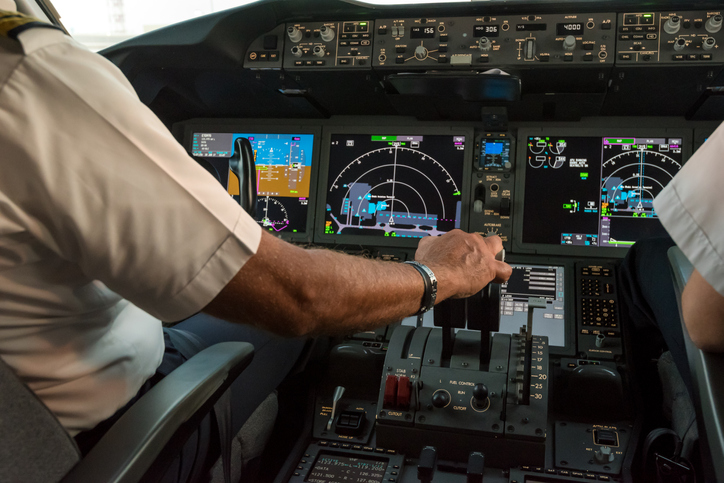
This post is sponsored by The Angelus Corporation.
Making alterations and repairs to aircraft, engines, avionics systems and other parts is a critical means for keeping fleets modern and operable. Yet, the regulations and requirements around making these changes can be complicated and confusing. Resources can help airlines and original equipment manufacturers navigate the supplemental type certificate (STC) process. In this post, we talk with CertifyNation General Manager Ryan Beech about the process and how to work through it.
What is a supplemental type certificate, and when is one required?
A civil aviation authority, such as the Federal Aviation Administration (FAA) or European Aviation Safety Agency (EASA), issues an STC to an applicant who alters an aircraft, engine, propeller or appliance from its original type design. Civil aviation authorities usually require an STC for major changes to the design of a type-certified aircraft when the modification is not significant enough to require a new type certificate.
How does the STC process for the FAA work?
An STC applicant submits a certification plan to the FAA that details the proposed alteration to a type-certified product and how that alteration will comply with the applicable FAA regulations and guidance material. The FAA reviews the certification plan and issues an STC project number if the plan is accepted.
Next, the applicant develops the required engineering design, analysis and continued airworthiness data, as well as ground and flight test plans. After reviewing and accepting the data, the FAA issues a prototype installation and, if necessary, testing authorization for the proposed modification, usually in the form of a Type Inspection Authorization.
The applicant will complete the prototype modification to the product and conduct the required testing. The prototype modification and testing are witnessed by an FAA delegate, usually a Designated Airworthiness Representative (DAR) and/or Designated Engineering Representative (DER). Upon successful installation and testing, the FAA will issue the STC.
What are the biggest challenges to the STC process?
A few of the most common challenges to the STC process are access to an aircraft for prototype installation and testing, access to aircraft technical data, program scheduling challenges and managing the governing civil aviation authority.
One prominent industry issue is the adoption of Automatic Dependent Surveillance-Broadcast, or ADS-B, systems. What are some of the misconceptions with the requirement and how can airlines comply?
One common misconception of the ADS-B mandate is that simply installing the ADS-B equipment will guarantee compliance with the mandate. However, proper ADS-B function requires input from multiple avionics systems (GPS, altimeter, TCAS, etc.) in addition to the ADS-B components themselves.
These avionics systems must meet certain performance requirements and FAA regulations. For instance, the aircraft’s global positioning system must meet minimum position latency requirements that reduce errors in the aircraft’s reported position. It’s critical that airlines understand these performance requirements and FAA regulations and verify that their aircraft systems comply.
How can an outside organization help mitigate some of those challenges?
A certification partner will have the engineering and regulatory expertise to review the aircraft’s existing avionics configuration. The review will determine whether the exisiting avionics can support ADS-B functionality and what ADS-B equipment is required to meet the mandate’s regulatory and performance requirements.
What should airlines and original equipment manufacturers look for when evaluating certification partners?
Airlines should look for partners with significant experience working through the STC process combined with detailed knowledge of civil aviation authority regulations, and aircraft systems and structures.
Experienced partners with strong working relationships with civil aviation authorities and extensive engineering capabilities will be able to accelerate the certification timeline by reducing design iterations and eliminating parts or designs that are not compliant with applicable regulations. To further streamline the new part installation process, a partner with FAA parts manufacturer approval (14 CFR Part 21) will be able to manufacture parts, assemblies and customized kits.
Ryan Beech is the general manager for CertifyNation — a Division of The Angelus Corporation. He has worked in the commercial aircraft retrofit industry for nearly 20 years and has completed STC projects with airlines all over the world. For more information see www.CertifyNation.com or email: [email protected].
